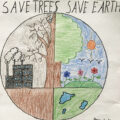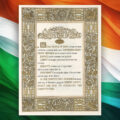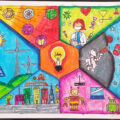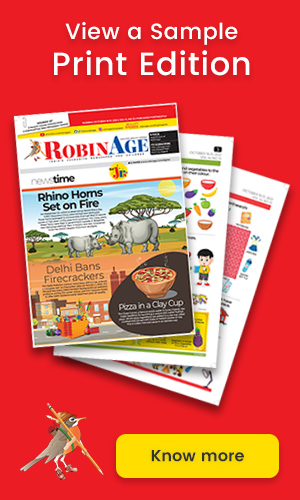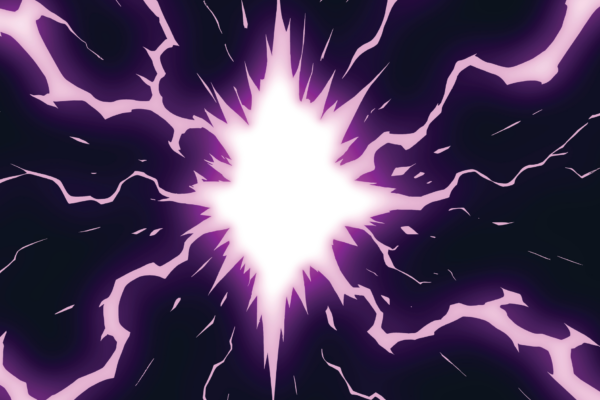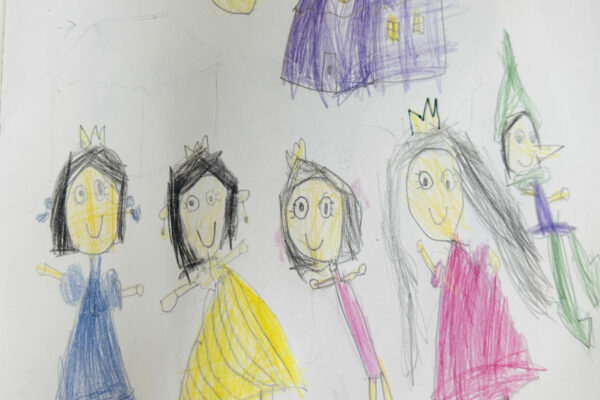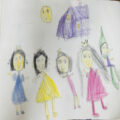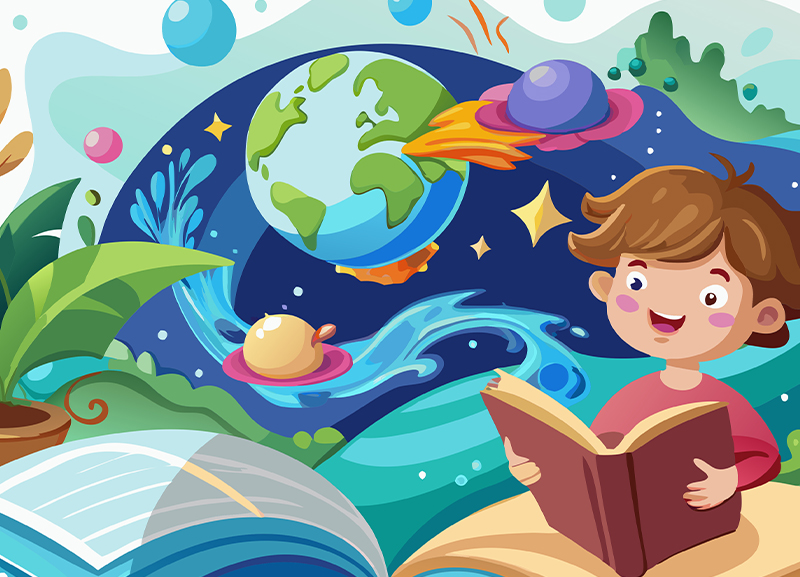
It’s that time of the year again.
Endless trips to the stationery shop to pick out the perfect files. Countless hours spent under the soft whirring of the fan, crafting each page with care and excitement, hands stained with glue and paint. Rainbow-hued scrapbooks waiting to be filled. Spending ages on the internet, researching one topic or the other. Presenting the unmistakable summer-break school projects!
Either you love them or you don’t. Either you savour those long, summer days filled with creativity or you wish you had more time on your hands to kick off the holidays. Schools give projects to keep kids engaged constructively throughout the break, ensuring that they channelize their energy into something creative and educational.
However, I can’t help but notice that these projects create a lot of wastage. Learning is never wasted, though; I am talking about the physical manifestation of the projects- the iconic ‘project files’.
Students are delighted when their two months’ hard work gets a glittering compliment or a good old ‘Excellent!’. But, well…. what happens to those files after that?
They start piling up inside the school storerooms and the bottoms of kids’ bookshelves, gathering dust and reminiscing about the effort out into them by their maker! Those files, those endless sheets, eventually meet the same fate- the scrap dealer!
And the irony? So many of those projects are about describing the benefits of sustainability, about the extent and dangers or climate change, about the effect of human activities on Mother Earth, about deforestation. And to think that all of them end up wasted in the landfill! Get it?
It is high time that we consider the impact of the seemingly harmless ‘holiday homework’ on our environment. Bundles upon bundles of sheets are used. The files are mostly plastic, and many art supplies are composed of chemicals that are harmful to the environment. And, at the end, these files end up forgotten or thrown away, wasting an insane amount of paper and materials! Yes, we want school kids to be creative, but at what cost?
Of course, we cannot fully digitalise every project because kids are already getting too much screen time. But, the use of paper can be reduced by assigning more projects that are hands-on and have a more useful and environmentally friendly take on creativity. Best out of waste crafts work really good in this department, as do making utility items such as pen-stands and vases. Traditional written work can be combined with these activities to reduce the sheet count. Moreover, most importantly, children should be taught the importance of recycling. Likewise, schools should make sure to recycle project files instead of simply chucking them out. And of course, some tech-based activities can be given to present the written information in a unique way, such as PowerPoint presentations and blogs!
These changes can make way for school projects that are not only innovative and enriching but also help in maintaining sustainability. Such small efforts will surely play their role in making school life better for our planet!
May, 2025











